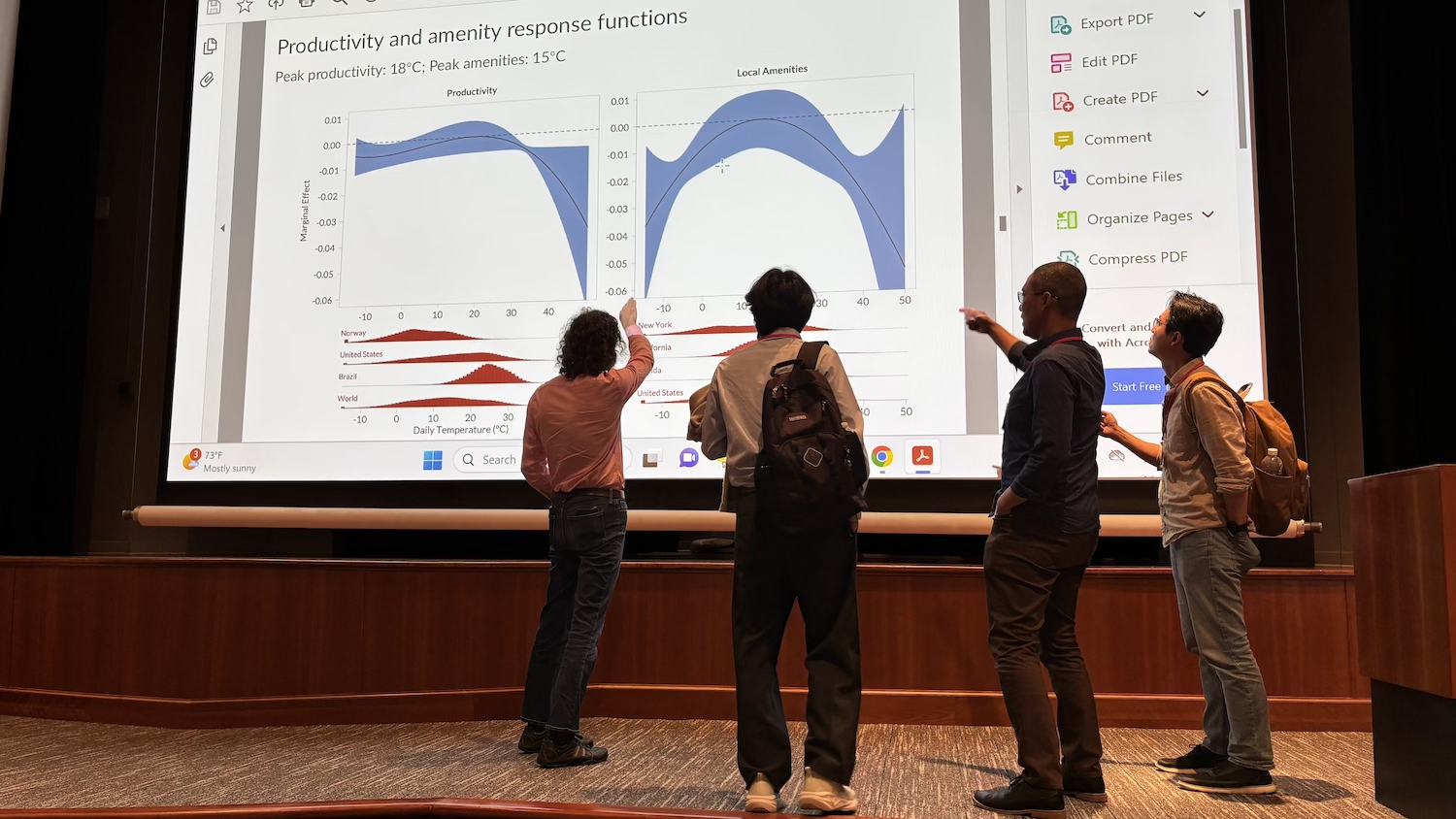Ukraine Refugees Could Boost Europe’s GDP

For Immediate Release
New research suggests the influx of Ukrainian refugees across Europe will improve long-term gross domestic product (GDP) for European countries that invest in infrastructure and other capital improvements. However, countries receiving Ukrainian refugees will likely face significant costs in the short term.
“The economic impact of the Ukrainian refugee crisis across Europe will vary significantly, depending on which part of the workforce you look at,” says Luca David Opromolla, co-author of the study and the Owens Distinguished Professor of International Economics in North Carolina State University’s Poole College of Management and College of Agriculture and Life Sciences.
“It’s important for us to understand these potential impacts so that governments and industries can make informed decisions about policies and investments in the face of an ongoing humanitarian crisis. Ideally, studies like this one can help to minimize social disruption and ultimately improve long-term outcomes for both refugees and the countries providing them with refuge.”
When the researchers began their study, there were more than 7 million refugees from Ukraine after the invasion of Ukraine by Russian forces. (The number is now more than 8 million.) More than 4 million of those refugees were of working age, and largely distributed throughout Europe.
To assess the economic impact of Ukrainian refugees, the researchers first collected data from several sources. Data on labor market skills and employment status was drawn from the 2018-19 European Labor Force Survey. Production and trade data was drawn from the most recent World Input-Output Database. Data on Ukrainian refugees’ skill, age, employment status, and country of destination came from the United Nations High Commissioner for Refugees.
The researchers used that data to run an empirical analysis, guided by a theoretical model, that allowed them to study the impact of the Ukrainian refugees on production, international trade, and migration flows across 23 European countries, all of which are members of the European Union. The model also determined the impact on household consumption, which served as a proxy for the welfare of residents in those 23 countries. In addition, the researchers were able to use the model to assess the impact that various levels of capital investment would have on all of those outcomes.
The researchers found there will be different impacts on three different parts of the workforce: low-skill labor, high-skill labor and owners of capital.
“Low-skill workers largely benefit in the short term because most of the refugees from Ukraine are high-skill workers,” Opromolla says. “The refugees are not competing with low-skill workers, they’re effectively complimenting them and making them more productive.”
For the same reasons, high-skill workers will not benefit in the short-term – Ukrainian refugees will compete with them for high-skill jobs. However, this isn’t necessarily true in the long term.
“Owners of capital benefit in the short and long term,” Opromolla says. “In the short term, this is because there is increased competition for high-skill labor, and increased access to high-skill labor means there is increased demand for capital. If you own the capital, you benefit from this. What’s more, if you see increased production in the long term, you benefit from that too.”
The extent to which the GDP of individual countries will benefit from the presence of Ukrainian refugees in the long term depends in large part on the extent to which those countries are able to invest in capital structures. Capital structures are factors other than labor that influence production, such as infrastructure, manufacturing equipment and so on. The more a country’s government and private sector are able to invest in capital structures, the better able that country will be to take advantage of its increased access to high-skill labor.
“If a country does see investment in capital structures, and there is a resulting increase in production, that will benefit the high-skill labor in that country,” Opromolla says. “In which case, you will effectively see benefits across the workforce from the presence of Ukrainian refugees.”
The study, “Labor Supply Shocks and Capital Accumulation: The Short and Long Run Effects of the Refugee Crisis in Europe,” is published in the journal AEA Papers and Proceedings. The paper is co-authored by Lorenzo Caliendo of Yale University; Fernando Parro of Pennsylvania State University; and Alessandro Sforza of the University of Bologna.
-shipman-
Note to Editors: The study abstract follows.
“Labor Supply Shocks and Capital Accumulation: The Short and Long Run Effects of the Refugee Crisis in Europe”
Authors: Lorenzo Caliendo, Yale University; Luca David Opromolla, North Carolina State University; Fernando Parro, Pennsylvania State University; and Alessandro Sforza, University of Bologna
Published: May 25, AEA Papers and Proceedings
DOI: 10.1257/pandp.20231077
Abstract: European countries experienced a large increase in labor supply due to the influx of Ukrainian refugees after the 2022 Russia invasion. We study its dynamic effects in a spatial model with forward-looking households of different skills, trade, and endogenous capital accumulation. We find that real GDP increases in Europe in the long term, with large distributional effects across countries and skill groups. In the short run, an increase in the supply of labor strains the use of capital structures that takes time to build. Over time, countries that build capital structures increase output, resulting in potential long run benefits.
This post was originally published in NC State News.
- Categories:
- Series:


